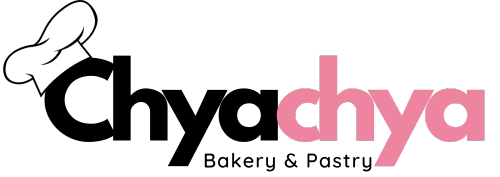Chitterlings, often referred to as “chitlins,” are a traditional culinary delicacy made from the small intestines of pigs. This dish has deep roots in various cultures around the world, particularly within Southern cuisine in the United States, where it is celebrated for its rich history and unique flavor profile. In this comprehensive guide, we delve into the art of preparing chitterlings, offering a detailed recipe, tips for cleaning and cooking, and nutritional insights to ensure a delightful gastronomic experience.
A Step-by-Step Recipe for Cooking Chitterlings
Ingredients:
- 10 lbs of chitterlings
- 2 onions, chopped
- 4 cloves of garlic, minced
- 2 tablespoons of vinegar
- 1 tablespoon of salt
- 1 teaspoon of red pepper flakes
- 2 bay leaves
- Water, as needed
Instructions:
Cleaning Chitterlings:
- Begin by thoroughly rinsing the chitterlings under cold water to remove any debris.
- Soak them in a mixture of water and vinegar for at least an hour, which helps in reducing the strong odor.
- After soaking, meticulously clean each chitterling by hand, removing any fat or leftover waste.
- Rinse again in fresh cold water until the water runs clear.
Cooking Chitterlings:
- Place the cleaned chitterlings in a large pot and cover them with water.
- Add onions, garlic, vinegar, salt, red pepper flakes, and bay leaves to the pot.
- Bring the mixture to a boil, then reduce the heat and simmer for 3 to 4 hours, or until the chitterlings are tender.
- Ensure the water level is maintained by adding more as needed during the cooking process.
- Once cooked, the chitterlings should be tender but not falling apart. Discard the bay leaves.
Serving Suggestions:
Serve your chitterlings hot, accompanied by your choice of sides such as cornbread, collard greens, or macaroni and cheese for a complete Southern-inspired meal.
Cleaning Tips for Preparing Chitterlings
Cleaning chitterlings is a critical step in their preparation. Given their origin, it’s essential to handle them with care to ensure they’re safe and enjoyable to eat. Here are some tips for effectively cleaning chitterlings:
- Always wear disposable gloves to maintain hygiene.
- Use vinegar or lemon juice as part of the soaking process to help neutralize odors.
- Change the water multiple times during the initial rinsing process.
Nutritional Information
Chitterlings are a source of protein but should be consumed in moderation due to their high cholesterol content. When prepared and enjoyed as part of a balanced diet, chitterlings can be a delicious addition to special meals.
In conclusion, chitterlings are a culturally rich and flavorful dish that, when prepared with care and attention to detail, can offer a unique and memorable eating experience. By following the steps outlined in this guide, including the critical cleaning process and slow cooking method, you can ensure a delicious and safe meal that pays homage to its traditional roots. Enjoy the rich flavors and the connection to culinary history that chitterlings bring to your table.


